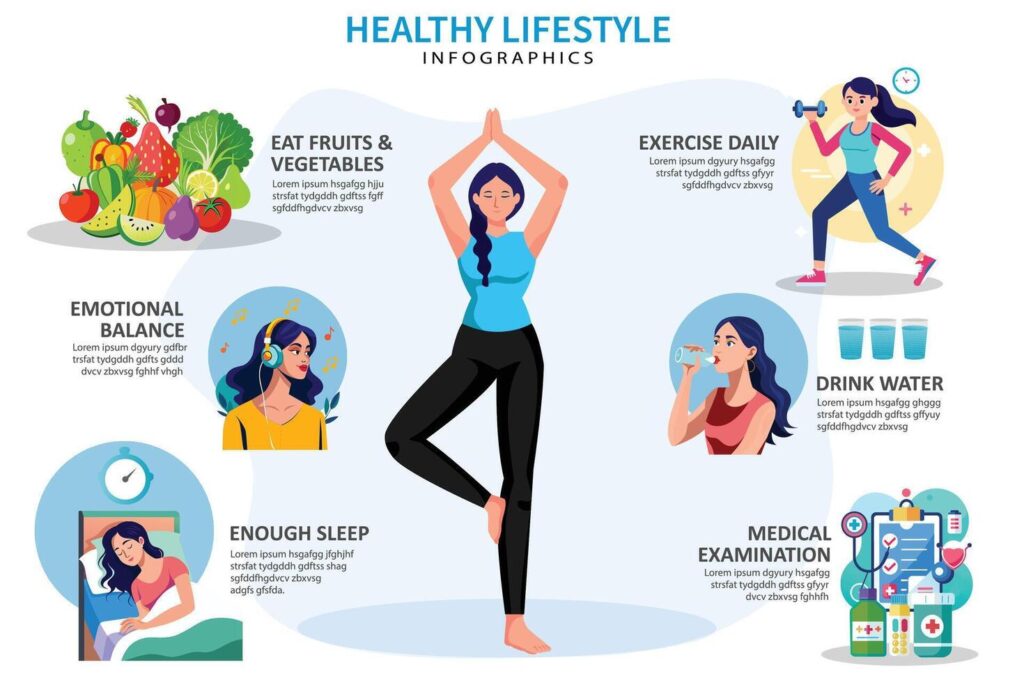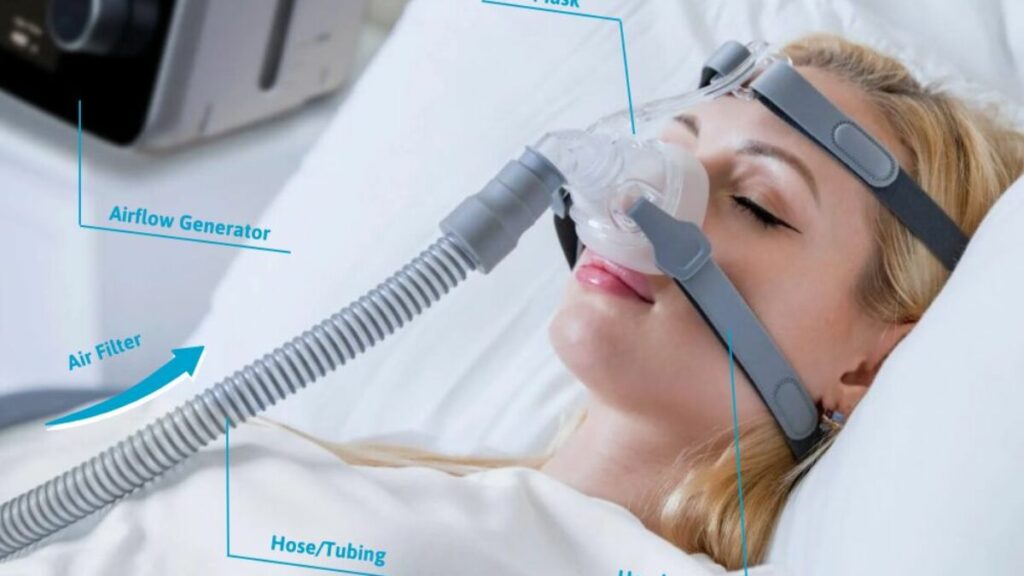
📄 Introduction
Obstructive Sleep Apnea (OSA):
How Poor Sleep, Diet, and Obesity Are Fueling a Silent Epidemic – Global & Indian Insights, Prevention, and Treatment Strategies
Modern life has brought with it an array of conveniences—but also chronic health issues. Among the most prevalent and yet under diagnosed conditions is Obstructive Sleep Apnea (OSA), a serious sleep disorder that is influenced heavily by lifestyle choices. This blog explores the complex relationship between inadequate sleep, poor diet, obesity, and the rising global and Indian prevalence of OSA. We aim to not only inform but empower readers with data-backed insights and preventive strategies.
🔮 What Is Obstructive Sleep Apnea (OSA)?
OSA is a disorder characterized by repeated episodes of complete or partial obstruction of the upper airway during sleep. These interruptions can reduce or completely block airflow, causing breathing pauses, shallow breaths, and frequent awakenings. The main risk factors are obesity, poor muscle tone in the upper airway, and lifestyle-related inflammation.
🔗 More on OSA from Mayo Clinic
🔍 Key Signs and Symptoms:
- Loud snoring
- Gasping or choking during sleep
- Excessive daytime sleepiness
- Morning headaches
- Difficulty concentrating
😴 Inadequate Sleep: The Hidden Trigger
🧠 The Science of Sleep
Sleep is essential for hormonal balance, immune function, metabolic health, and cellular repair. The average adult requires 7–9 hours of sleep per night. Chronic sleep deprivation disrupts these processes, leading to a cascade of negative health outcomes.
🔗 CDC: Sleep and Chronic Disease
🧬 Hormonal Imbalance and Weight Gain
Sleep deprivation impacts hormones like:
- Ghrelin: Increases appetite
- Leptin: Decreases satiety
- Cortisol: Elevates stress and fat storage
This imbalance promotes overeating, weight gain, and, subsequently, OSA.
🍔 Poor Diet: A Direct Path to Inflammation and OSA
⚠️ Characteristics of a Poor Diet
- High intake of processed foods, sugar, saturated fats
- Low intake of fiber, antioxidants, and essential nutrients
🔗 Harvard T.H. Chan School of Public Health: Diet & Sleep
🍩 How Diet Triggers OSA:
- High sugar intake leads to insulin resistance
- Saturated fats increase airway inflammation
- Nutrient deficiencies weaken upper airway muscles
A poor diet contributes to systemic inflammation, oxidative stress, and metabolic disorders—all of which worsen OSA.
⚖️ Obesity: The Central Risk Factor
🫁 How Obesity Worsens Breathing
- Fat deposits around the neck narrow the airway
- Abdominal obesity reduces lung volume and airflow
📊 Data-Backed Impact:
- 10% weight gain = 30% increase in OSA severity
- 10% weight loss = significant improvement in symptoms
🌍 Global Prevalence of OSA: A Growing Public Health Crisis
- 1 billion people globally estimated to have OSA
- 425 million with moderate to severe OSA
- 70% of sufferers are obese
- Underdiagnosis remains a major challenge
🔗 Lancet Respiratory Medicine Study on Global OSA
🇮🇳 The Indian Scenario: Lifestyle Shifts & Urbanization
- Prevalence in adults: 4.4% – 13.7%
- Urban males: 13.7% affected
- Rural Odisha: 25% high risk (screened)
- Key causes: Obesity, alcohol use, sedentary lifestyle
🔗 Indian Journal of Sleep Medicine
🧪 How Is OSA Diagnosed?
✅ Standard Tools:
- Polysomnography (Sleep Study)
- Home Sleep Apnea Test (HSAT)
- Berlin and STOP-Bang Questionnaires
🔗 American Academy of Sleep Medicine
🩺 Treatment Options for OSA: What Works?
1. CPAP (Continuous Positive Airway Pressure)

- Gold standard for moderate/severe OSA
- Delivers consistent airflow to keep airways open
🔗 CPAP Therapy Info – Sleep Foundation
2. Oral Appliances
- Custom-made dental devices
- Reposition jaw/tongue to improve airflow
3. Lifestyle Modification
- Weight loss
- Structured exercise
- Sleep hygiene reinforcement
4. Positional Therapy
- Prevent sleeping on the back
- Use pillows, wearable alarms, or positional belts
5. Surgery (When Necessary)
- UPPP, MMA, or Inspire therapy (nerve stimulation)
- Especially useful for anatomical defects
🔗 OSA Surgical Options – Cleveland Clinic
6. Myofunctional Therapy
- Orofacial muscle exercises
- Strengthens airway structures
🎯 Conclusion: A Call for Holistic Awareness
Obstructive Sleep Apnea isn’t just a sleep disorder—it’s a warning sign of broader lifestyle dysfunction. By addressing diet, sleep hygiene, and physical health, individuals can prevent or reverse the condition.
Early diagnosis, community education, and sustainable health routines are the way forward.
🔗 World Sleep Society – Healthy Sleep Guidelines
📢 Stay informed. Sleep smarter. Live better.
